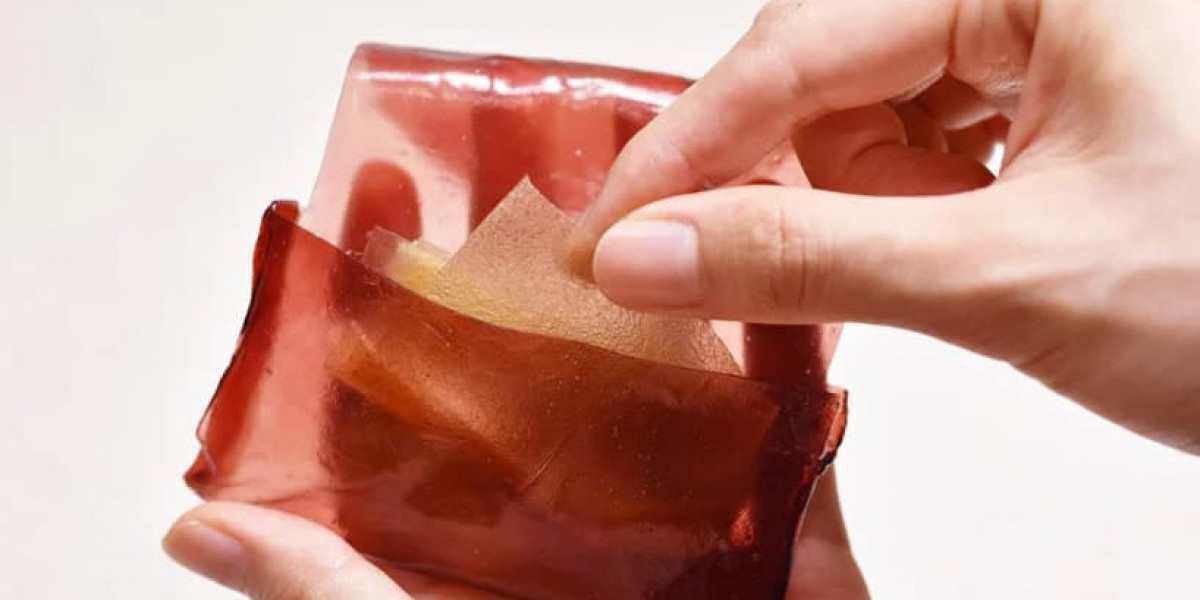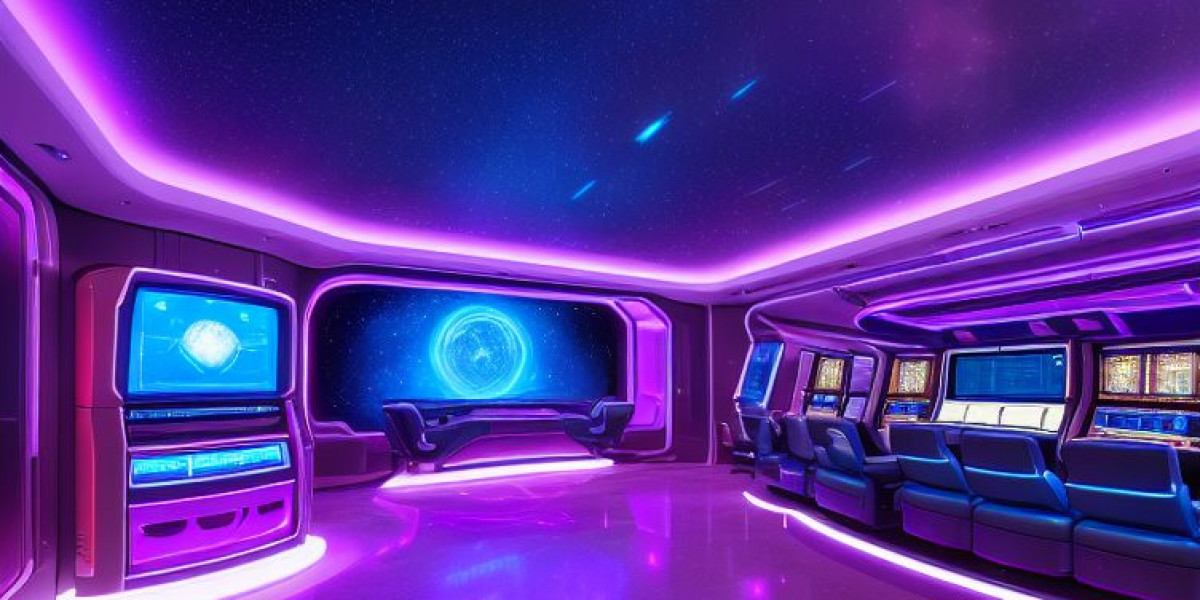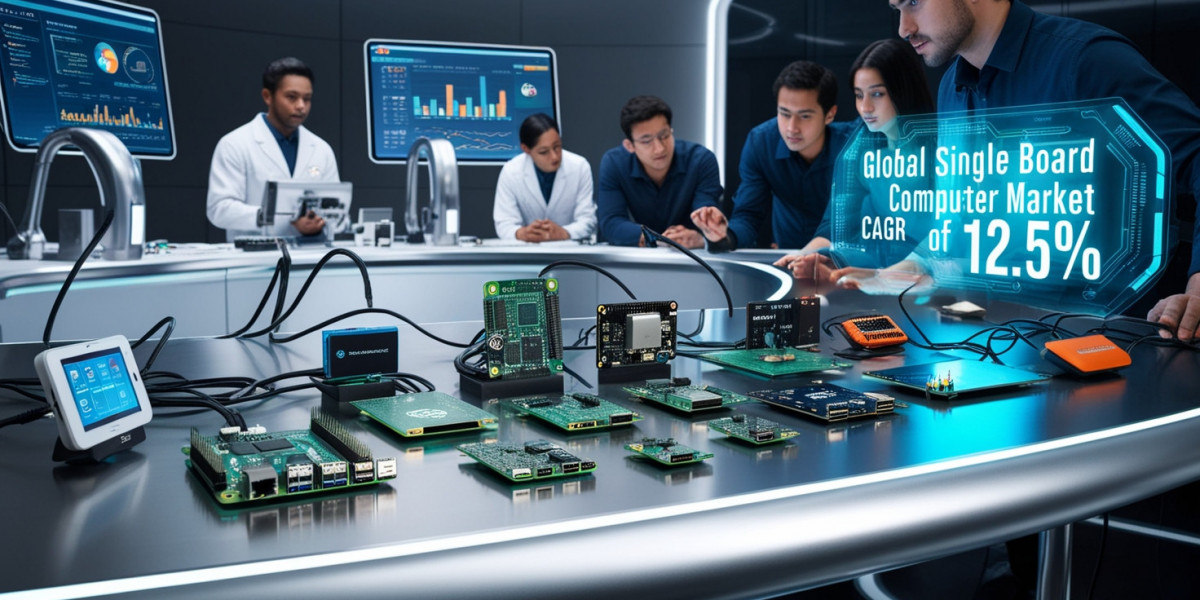Introduction
The rapid growth of the food delivery industry has led to increased concerns about packaging waste. With single-use plastics and non-biodegradable materials polluting the environment, the search for sustainable alternatives is more urgent than ever. One promising innovation is edible packaging—an eco-friendly solution that eliminates waste while enhancing the food experience. But can edible packaging truly revolutionize food delivery on a global scale? Let’s explore its potential, benefits, challenges, and future prospects.
The Need for Sustainable Packaging in Food Delivery
Food delivery services have surged in popularity over the past decade, especially with the rise of online platforms like Uber Eats, Zomato, and DoorDash. However, this convenience comes at a cost—mountains of plastic waste that contribute to pollution and climate change. Traditional packaging materials, such as plastic containers and Styrofoam boxes, take hundreds of years to decompose, leading to environmental hazards.
According to studies, the food delivery industry generates millions of tons of packaging waste annually. With increasing consumer awareness and stricter government regulations, businesses are under pressure to adopt sustainable solutions. Edible packaging presents a unique opportunity to tackle this crisis while maintaining the functionality of conventional packaging.
What Is Edible Packaging?
Edible packaging refers to a biodegradable and consumable material used to wrap or contain food. It is made from natural ingredients such as seaweed, rice starch, protein isolates, and fruit-based compounds. Unlike traditional packaging, which is discarded after use, edible packaging can be safely consumed or composted, leaving no waste behind.
Some common examples of edible packaging include:
Edible coffee cups: Made from biscuit or cookie-like materials that complement the beverage.
Seaweed-based wrappers: Used for sushi, snacks, and biodegradable food pouches.
Rice paper wraps: A popular option for spring rolls and similar food items.
Milk protein films: Designed to replace plastic wraps while preserving food quality.
Benefits of Edible Packaging in Food Delivery
Eco-Friendly Solution: Since edible packaging is biodegradable, it significantly reduces environmental waste compared to plastic alternatives.
Enhances Food Experience: Edible materials can add flavor and nutritional value to meals, making them more enjoyable.
Reduces Carbon Footprint: The production and disposal of edible packaging require fewer resources, lowering greenhouse gas emissions.
Government and Consumer Support: With increasing bans on plastic packaging, edible alternatives align with regulatory requirements and growing consumer preferences for sustainable options.
Convenience for Consumers: No need to dispose of the packaging—simply eat or compost it.
Challenges in Implementing Edible Packaging for Food Delivery
While edible packaging presents a promising future, there are challenges to widespread adoption:
Cost of Production: Developing edible packaging materials is often more expensive than producing plastic, making it less accessible for small businesses.
Durability and Shelf Life: Unlike plastic, edible packaging may not be as durable or resistant to moisture and temperature changes.
Consumer Acceptance: Not everyone may be comfortable eating packaging, and some may still prefer traditional materials.
Hygiene and Safety Concerns: Ensuring edible packaging remains uncontaminated during transport is crucial for consumer safety.
Limited Applications: While suitable for certain food items, edible packaging may not work for all types of meals and beverages.
Future Prospects and Innovations
Despite these challenges, ongoing research and technological advancements are making edible packaging more viable. Scientists and food innovators are experimenting with new materials and techniques to enhance durability, reduce costs, and improve taste.
Some key developments include:
Nanotechnology and Coatings: Special coatings can extend the shelf life and resistance of edible packaging, making it more practical for food delivery.
3D Printing of Edible Materials: Custom-designed packaging can be created to suit specific food items.
Collaboration Between Food and Tech Industries: Partnerships between food manufacturers and technology companies are driving innovation in sustainable packaging.
Consumer Awareness Campaigns: Brands promoting edible packaging as a fun and eco-conscious choice can increase adoption rates.
Conclusion
Edible packaging holds great promise for the future of food delivery, offering a sustainable and innovative alternative to traditional materials. While challenges such as cost, durability, and consumer acceptance remain, ongoing advancements and environmental concerns will likely drive the industry towards more widespread adoption. As businesses, governments, and consumers work together, edible packaging could very well become a standard in global food delivery, reducing waste and enhancing the overall dining experience.
About the Author
Prabnek Singh is an innovative entrepreneur leading an India-based IT company focused on delivering cutting-edge technology solutions to businesses worldwide. With a passion for sustainability and digital transformation, he aims to drive impactful change through innovative business strategies and technological advancements.









